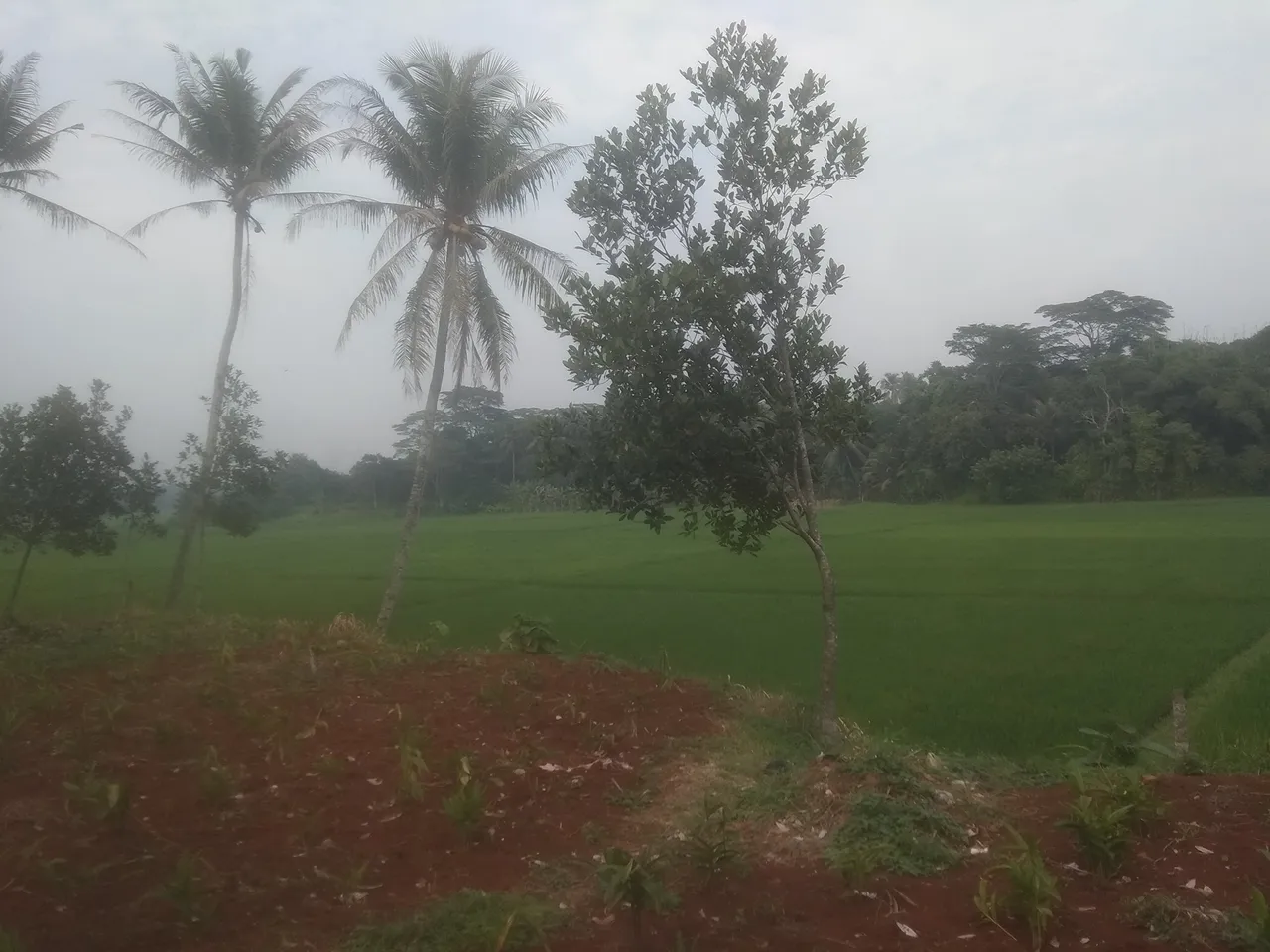
Plants in general can not always live without disturbance. Sometimes plants are disturbed by animals or small organisms (viruses, bacteria, or fungi). Animals can be called pests because they disturb plants by eating them. Grasshoppers, beetles, caterpillars, leafhoppers, rats, and bugs are some examples of animals that often become plant pests. Disturbances to plants caused by viruses, bacteria, and fungi are called diseases. Unlike pests, diseases do not eat plants, but they damage plants by interfering with processes in the plant's body, thereby killing the plant.
In the past, in general, people would use pesticides as a solution to eradicate pests in agriculture. However, the use of chemical pesticides has finally become a new problem today. This is because, in addition to damaging the environment, pesticides can create immunity to pests and diseases. Therefore, the use of anti-pest and disease drugs should be kept to a minimum and as wise as possible. Naturally, pests actually have enemies who can control them. However, due to human activities, the natural enemies of pests are often lost. As a result, the pest is rampant.
Apart from the use of chemical pesticides that accumulate in the environment and often become a new problem, researchers are now starting to develop biological potential to be a solution or middle way between pest problems and environmental damage caused by pesticides. One of the organisms that are currently often used as biopesticides are entomopathogenic fungi such as Beauveria brassiana.
Beauvaria bassiana is an entomopathogenic fungus, which is a fungus that can cause disease in insects. Beauveria brassiana comes from kingdom Fungi, phylum Ascomycota, class Sordariomycetes, order Hypocreales, family Clavicipitaceae, and the genus Beauvaria. The way the fungus Beauveria bassiana infects the insect body begins with host contact, enters the host's body, reproduces in one or more host tissues, then contacts and infects a new host.
The use of this fungus to eradicate pests can be used to trap pests. As for how to use it, that is by Beauveria brassiana along with a decoy device in the form of a scent that attracts insects (pheromone) into a mineral bottle. Insects will enter the bottle and be exposed to the spores. Eventually, this causes the insect to become infected. In addition, based on research results, it turns out that Beauveria bassiana is not a parasite for humans and other invertebrates. However, if there is contact with exposed spores, it can cause skin allergies for sensitive individuals.